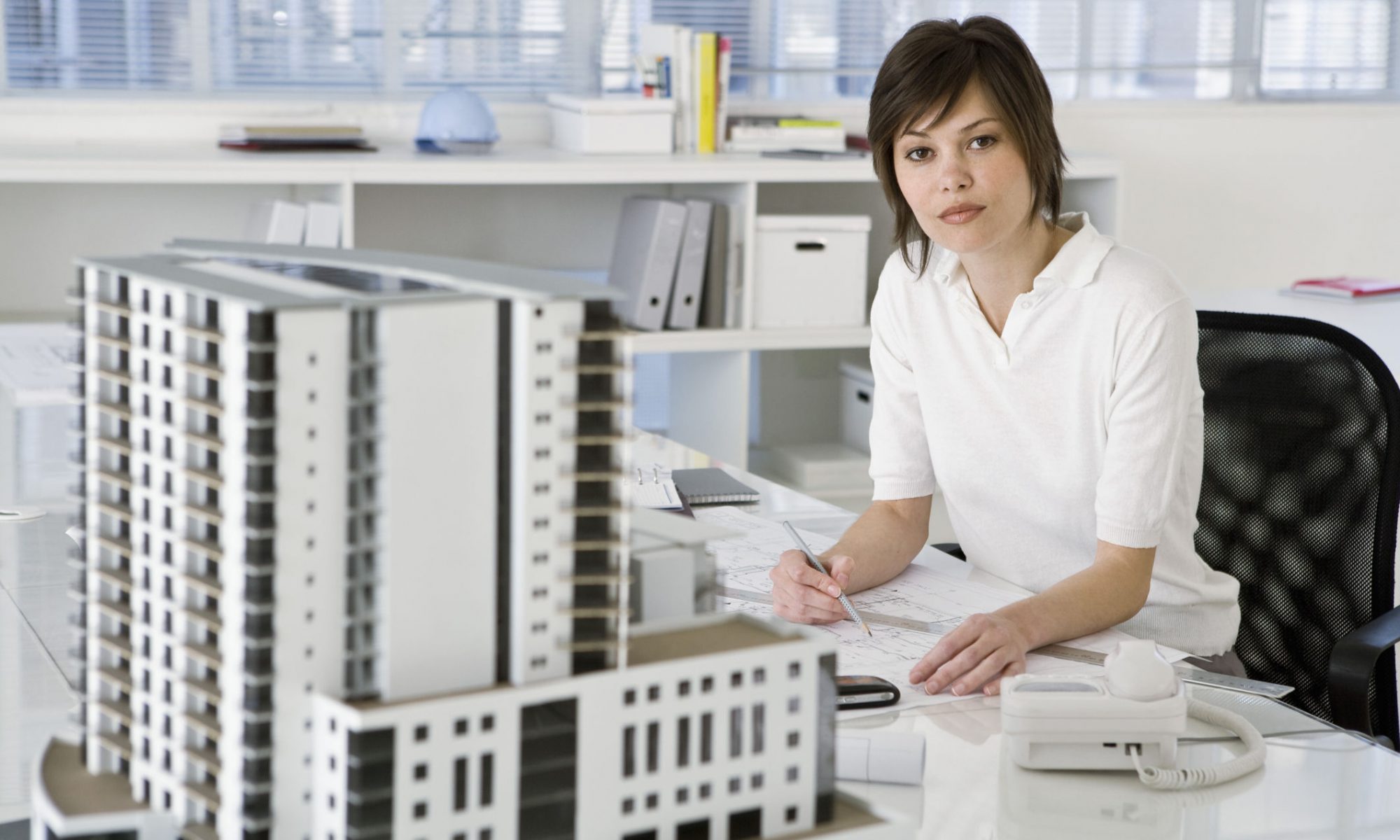<figure>
- Architects: Sergio Sampaio Arquitetura + Planejamento Maria & José House
- Location: Itu, SP, Brazil
- Author: Sergio Sampaio
- Architect In Charge: Patricia Zeppini
- Project Team: Renata Hirayama, Luiza Braga, Mariana Gomes
- Interns: Pedro Lofrano, Graziela Godoy
- Area: 1350.0 m2
- Project Year: 2016
- Photographs: Leonardo Finotti, André Scarpa
- Interior And Landscape Design : Patricia Zeppini
- Structure: Arquimedes Costa
- Clt Structure: Crosslam
- Metal Structure: Carlos Augusto Stefani.
- Roofing: Omni Trade (EPDM e TPO).
- Carpentry: AG Movelaria / Fasime.
- Lighting: Cia. de Iluminação.
- Furniture: Gisela Trauczinski / ,Ovo
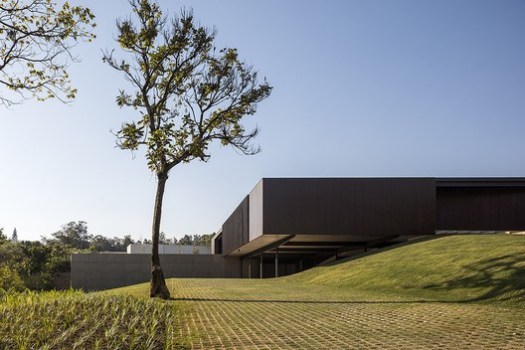 © Leonardo Finotti
© Leonardo Finotti
From the architect. The lot has 3.200m2, with 60 meters of front, with a difference of 8.00 m from one side to the other. Due to customers' demands, an elderly couple with 4 children, the building would have to be eminently single storey and with all the accessibility standards observed (ramp, elevator, accessibility bars in bathrooms,
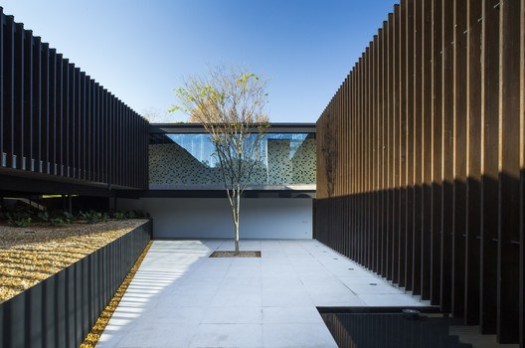
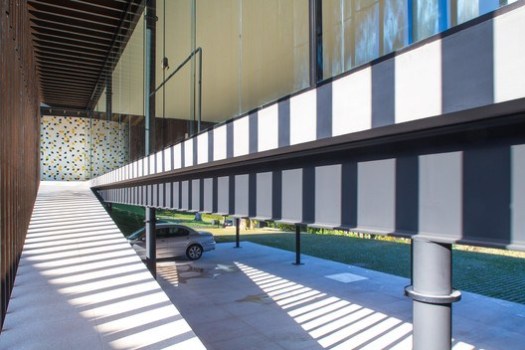
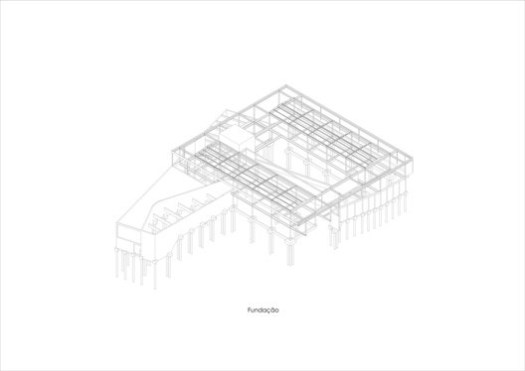
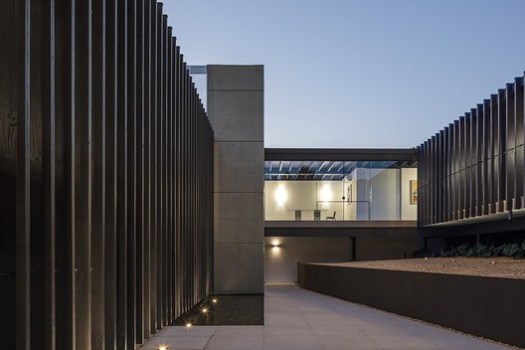
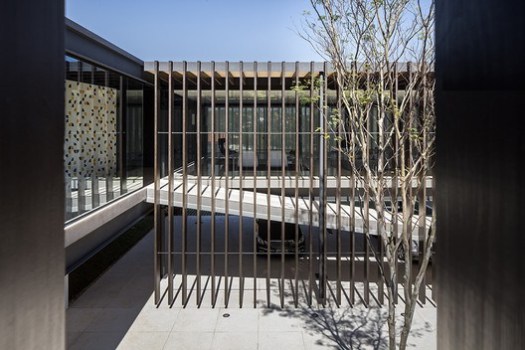

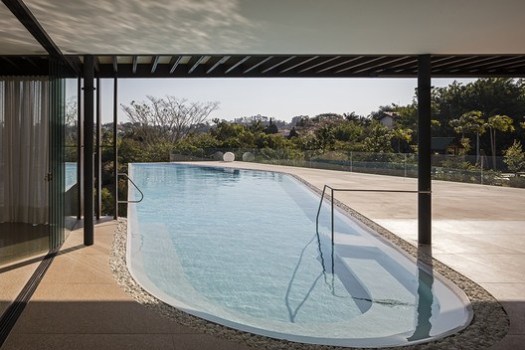
 © André Scarpa
© André Scarpa
The service and garage sectors are located below the main volume occupying the emptiness coming from the natural unevenness of the terrain. At the same time as the façades of the volume presents itself as a "closed box" to its surroundings, inside there is a large patio that makes the visual integration of the interiors of the house and allows the entrance of a lot of light to the internal environments. The large pool in reinforced concrete extends into the main volume of the house as a strategy to integrate leisure activities into the social life of the house.
 © André Scarpa
© André Scarpa
 Courtesy of Sergio Sampaio Arquitetura
Courtesy of Sergio Sampaio Arquitetura
 © Leonardo Finotti
© Leonardo Finotti
The project employs industrialized "dry" construction systems - CLT panels and metal structure - resulting in a cleaner and more streamlined plot, rainwater reservoirs were implanted through cisterns and water mirror for reuse for irrigation of the gardens. To thermal comfort strategies were used, such as: cross ventilation systems, suspension of the house from the ground to avoid the contact between the volume and the humidity of the ground; special laminated glass with heat refraction; insolation control by brise soleil; balconies and sliding panels; partitions and roofs with thermo- Acoustics and heating of the hydraulic installations by solar panels on the roof.
 © Leonardo Finotti
© Leonardo Finotti
 Section perspective
Section perspective
 © Leonardo Finotti
© Leonardo Finotti
<img src="http://feeds.feedburner.com/~r/ArchDaily/~4/e746Wl8CEFg" height="1" width="1" alt=""/>
